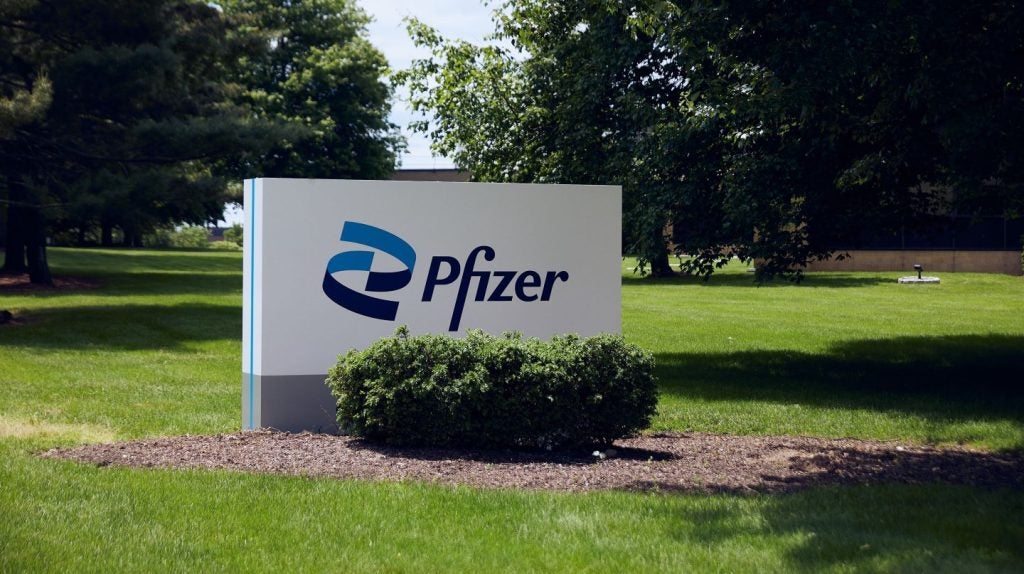In 1999, UK-based pharmaceuticals company Glaxo Wellcome instigated a project to expand its 652,000ft² manufacturing and packaging plant in Zebulon, NC.
The 220,000ft² stand-alone facility was purpose-built for the manufacturing of dry powder inhalers containing medicines for the treatment of respiratory conditions such as asthma and chronic obstructive pulmonary disease (COPD).
History of the company and the Zebulon plant
Glaxo Laboratories was first registered as a subsidiary to its parent Joseph Nathan and Co in 1935. Glaxo opened the Zebulon plant in 1984 as its first manufacturing and packaging site in the US.
A merger between Glaxo and Wellcome in 1995 meant that the site was used by both companies, while the Wellcome site in Greenville, NC, was sold to Catalytica Pharmaceuticals in June 1997.
Glaxo Wellcome later merged with SmithKline Beecham in 2000, becoming GlaxoSmithKline.
The Zebulon facility currently manufactures aerosols, tablets and dermatology products, as well as packaging. GlaxoSmithKline focuses on developing products for the respiratory system, the central nervous system (CNS), AIDS/HIV and anti-infective research.
Zebulon plant facilities
Glaxo Wellcome awarded Jacobs Engineering Group a construction contract for the multi-dose dry powder inhaler (MDPI) facility in Zebulon. Construction commenced in January 1999 and was completed by December 2000. The facility was fully operational by 2001.
Jacobs Engineering Group provided complete engineering and architectural services.
The Zebulon facility features quality assurance (QA) laboratories, warehouse space and a cafeteria, as well as production lines for blending, filling, assembly and packaging.
The plant incorporated advanced technologies using custom-designed equipment.
Zebulon facility expansions
In 1999, the plant received a vote of confidence when Glaxo announced that it was investing $90m in a 220,000ft² expansion. At the time, around 1,300 workers were employed at the plant, including 800 full-time workers and 500 temporary staff or contract workers. The expansion would allow the firm to employ a further 200 people.
As part of its funding, the plant received a $1.39m job development investment grant and also a $500,000 grant from the One North Carolina Fund. The expansion was completed in 2003.
By 2005, the company announced another $92m expansion, the third since the plant began operations. This expansion was expected to create a further 200 jobs over a period of four years and was scheduled for completion in 2007.
Downsizing
GlaxoSmithKline was offered $1.4m in state incentives for the jobs created by the Zebulon facility expansion in 2007. However, GlaxoSmithKline forfeited the amount in 2008 when it announced layoffs as a result of a decline in the company’s revenues.
This fall was due to reports linking the firm’s bestselling drug Avandia to heart attacks. Sales of Avandia were suspended in Europe and the US, and elsewhere it carried stricter warnings about its risks. Production of Avandia was halted at the Zebulon plant and it is now being manufactured in limited quantities at GlaxoSmithKline’s facility in Spain.
Once Avandia production was stopped, the Zebulon plant had excess capacity, which led the company to consider using the plant to produce and package drugs for other pharmaceutical companies.
The plant is currently producing Advair, a drug for Asthma.
Palletising upgrade
A pallet switching system was introduced at the Zebulon plant in 2001 to prevent potential contamination of the wooden pallets coming into contact with the production area. Product boxes are now stacked on sterilised plastic pallets then moved to the shipping area and restacked onto the wooded pallets for shipping.
Dillard Packaging Systems provided a fully automatic pallet swapping and stretch wrapping line that can handle 50 pallets an hour (saving $100,000 per year in labour costs). The system uses two Whallon robotic pallet placers to centre the loads before changeover from one pallet to the other during the process. The pallet inverter itself was supplied by Cherry’s Industrial Equipment.
The stretch wrapping is carried out by a Lan-Wrapper V-Series turntable stretch wrapping system supplied by Lantech. All of the line equipment is controlled by Allen Bradley. The system can handle UK or US pallet formats and also a range of heights from 24in to 60in. The stretch wrap material used is Mobilrap Pro 70 linear low-density polyethylene stretch film.








